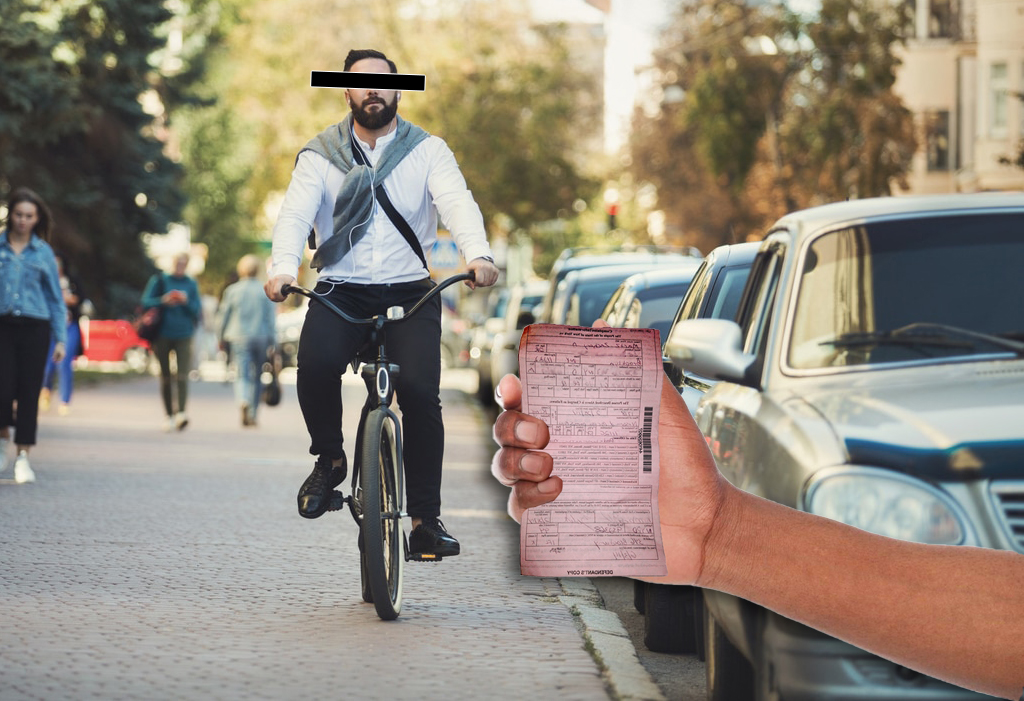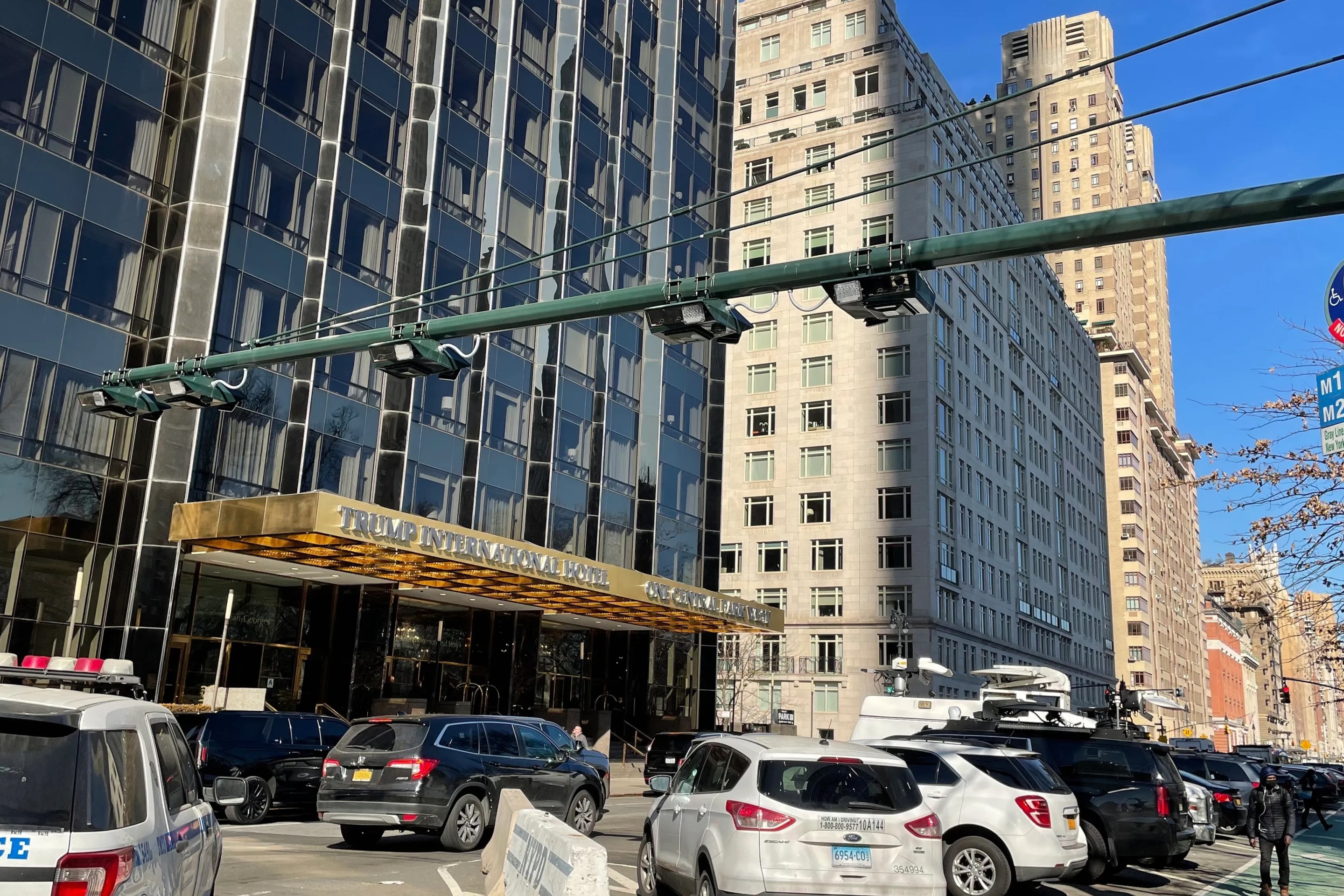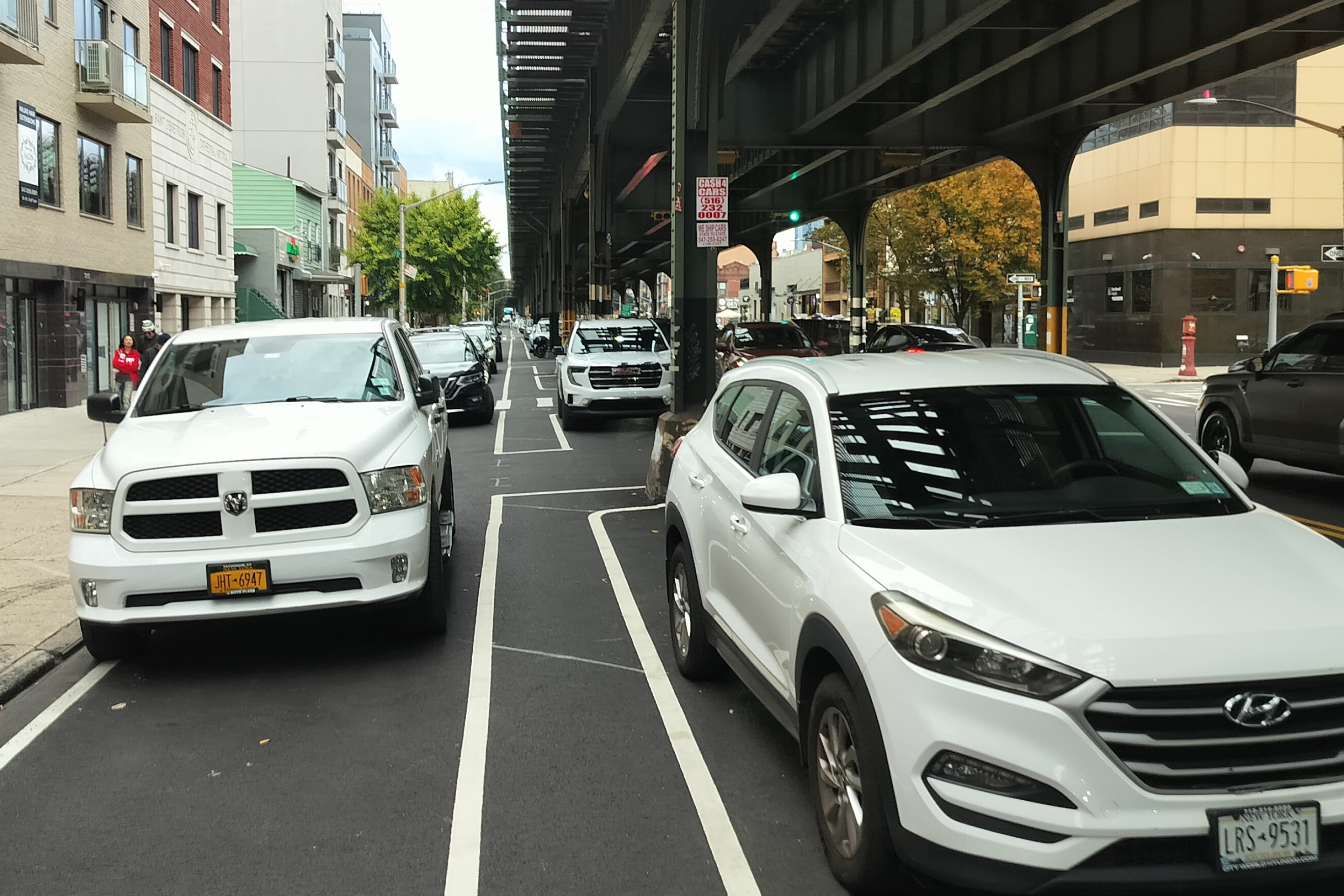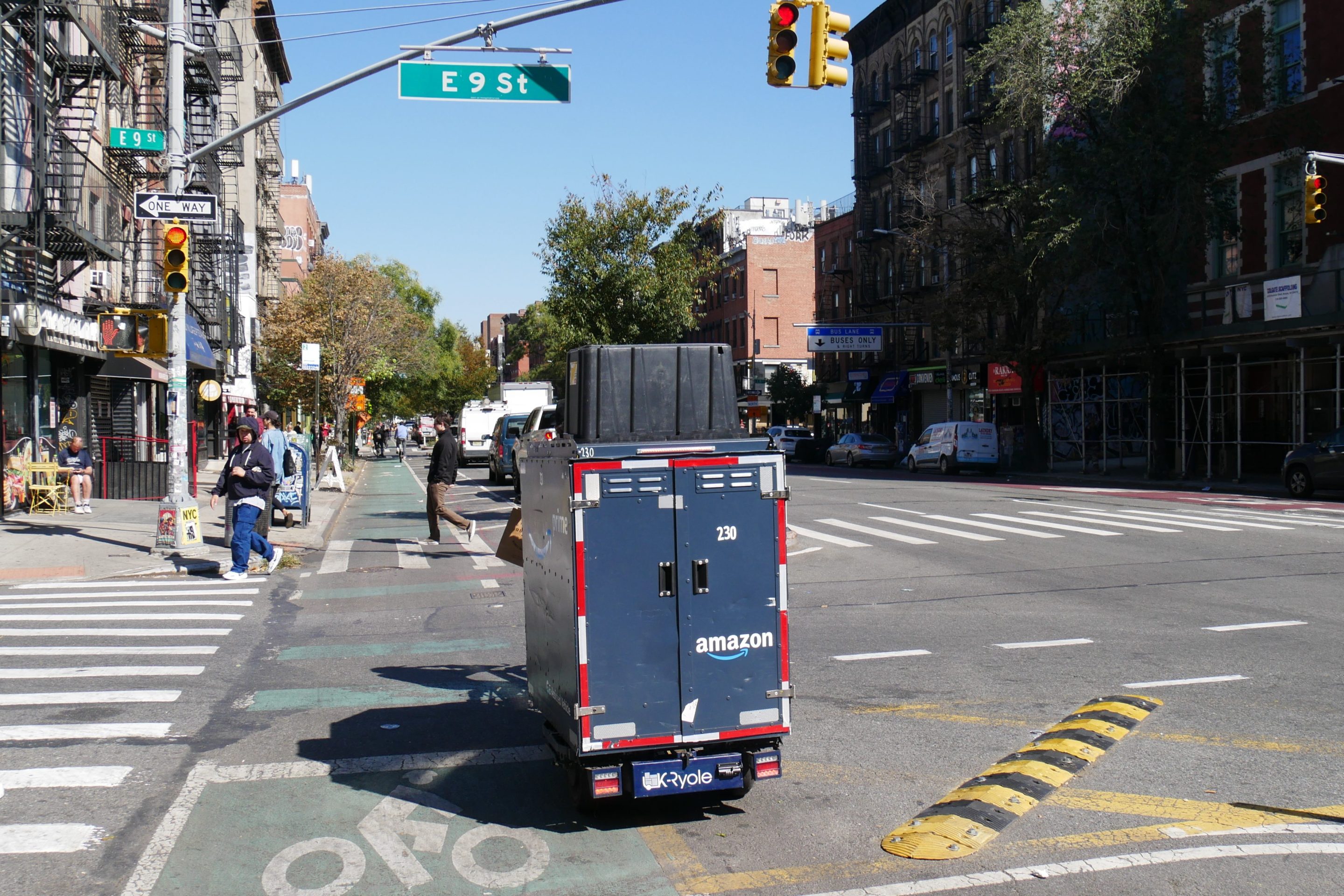Harrisburg, Pennsylvania; Stockton, California; Jefferson County, Alabama: They're the first wave in a new era of municipal bankruptcy.
When public insolvency becomes a trend, clearly something has gone fundamentally wrong.
Patrick Kennedy at Network blog Walkable Dallas Fort Worth says the problem isn't contained to the housing bust or bad investment decisions. Fundamentally, he says, it's a symptom of inefficient, sprawling development run amok:
The bust wasn't the problem. It was the boom, that displaced and destabilized cities... Sprawl.
The underlying problem is that you can't balance the budget with an imbalanced physical environment. Too much infrastructural burden and too little tax base.
Take Harrisburg, Pennsylvania, Kennedy says:
Harrisburg is a city of 50,000 people. It's also a state seat. Its boundaries are very small and its major industry is tax exempt. Most of the people that work in said state seat live outside of the city proper. Because they can. Because said state built an infrastructure availing housing opportunities at an ever increasing edge, chewing up evermore agricultural land. There is no mass transit available, and like most increasingly sprawling and disconnected places, it wouldn't make a difference. The infrastructure is built in a way that mass transit would never be as "convenient" as driving.
The metropolitan area of Harrisburg, PA is about 650,000 people. And that doesn't even include metropolitan York, PA nor metro Lancaster, PA. A triangle, all about 30 minutes apart. Or less than it is from Dallas to the majority of its suburbs. Combine those three metropolitan areas and Harrisburg, a city (tax base) of 50,000, as its primary job center, has to support a super-metro area of about 1.3 million people.
Elsewhere on the Network today: Greater Greater Washington asks whether the District's new pedestrian safety campaign is an extensive exercise in blaming the victim. Streets.mn explores the primal impulses that can cause parking discussions to become so irrational. And Seattle Bike Blog considers the "human infrastructure" that undergirds cycling.





